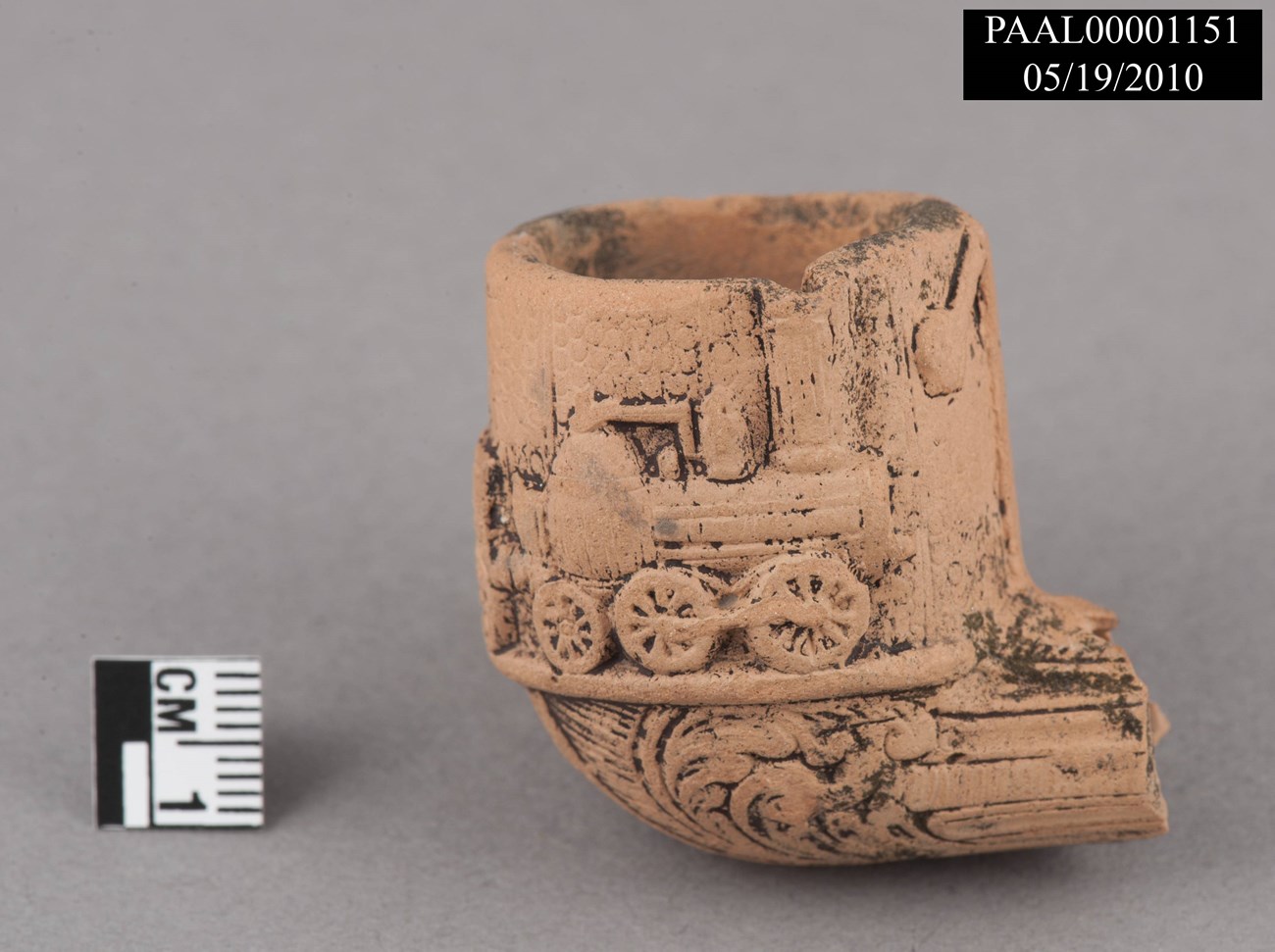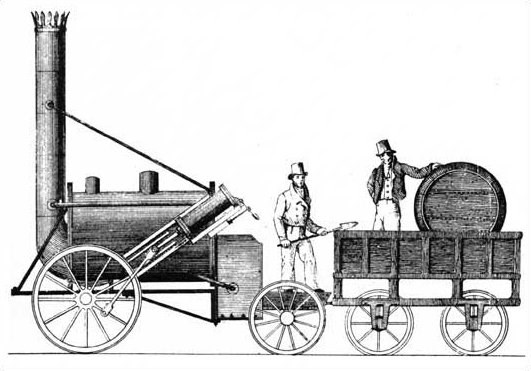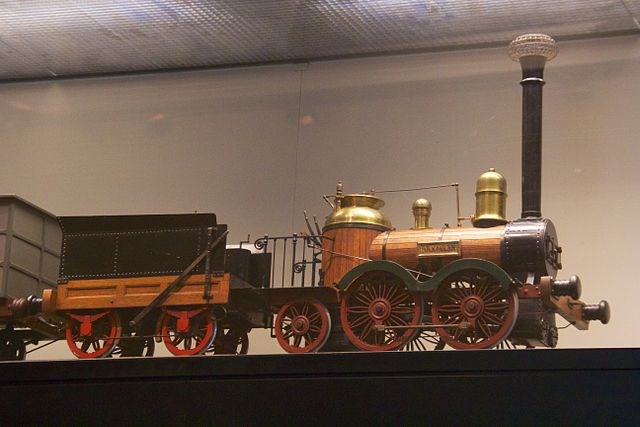Last updated: April 13, 2021
Article
Clay Pipe Mystery

NPS Photo
Article by park volunteer, Roger Engle
Palo Alto Battlefield National Historical Park displays in its Visitor Center fragments of a clay pipe. The pipe bowl is largely intact and portrays a locomotive, fuel car and passenger car of unknown date, location and type. Because of his familiarity with railroad history, the author asked to see the artifact and form an opinion about it.
The locomotive portrayed is very primitive. It has a vertical firebox, an elongated boiler, a tall steam dome and tall stack. It also presents an oversized throttle linkage or valve gear. It shows a connecting rod between the first two wheels. For a primitive locomotive, it has an unusual wheel arrangement, Whyte Classification 0-4-2. Most primitive locomotives are 0-4-0. The non-powered trailing truck is unique.
Because of my familiarity with domestic locomotives of the primitive period, I immediately recognized that the locomotive was foreign. I also recognized the locomotive was not typical of British manufacture, which was the world leader at the time.

Mechanics magazine, 1829 {{PD-US}}
Due to the strong Hispanic influence near the park, both Spain and Mexico were considered as sources for the locomotive. Railroads and locomotives developed much later there, 1848 and 1850 respectively. France was briefly considered but rejected because political constraints retarded railroad development there. Finally, because of the prevalence of German settlers in early Texas, Germany was considered, with gratifying results.

Mike Peel CC-BY-SA-4.0
The locomotive depicted on the pipe bowl in the Park VC is the “Saxony”, manufactured in Dresden, Germany in 1838. The reproduction was built in 1985, using original blueprints, with certain concessions to modern safety practices. The similarity is striking.
Conjecture about how a representation of a German locomotive on a pipe bowl came to be at the Park is rampant, but probably appropriately the subject of another article.
Background Information
by Rolando Garza, Archeologist/Chief of Resource Management
This pipe was found among the surface scatter of debris associated with the Palo Alto Inn. The inn was located along the historic road that connected Matamoros to the fishing village of El Fronton del Santa Isabela. The Palo Alto Inn was in operation from 1850-1853, enticing guests to come view the opening battle of the U.S.-Mexican War and search for souvenirs from the battle. In 1853 the road was relocated to the east and is now known as Old Port Isabel Road, leaving the inn. Its archeological stories stayed off the beaten path and isolated from the public.
The enlisted men under General Zachary Taylor's command at the battle of Palo Alto were comprised of a fair amount of fresh German Immigrants. It is easy to imagine the pipe was left behind by a German born battle participant that had come to the Palo Alto Inn to recount his heroic role in the Battle of Palo Alto. However, since the pipe was collected among the artifact scatter on the ground surface, with minimal context, this theory will remain pure conjecture.
